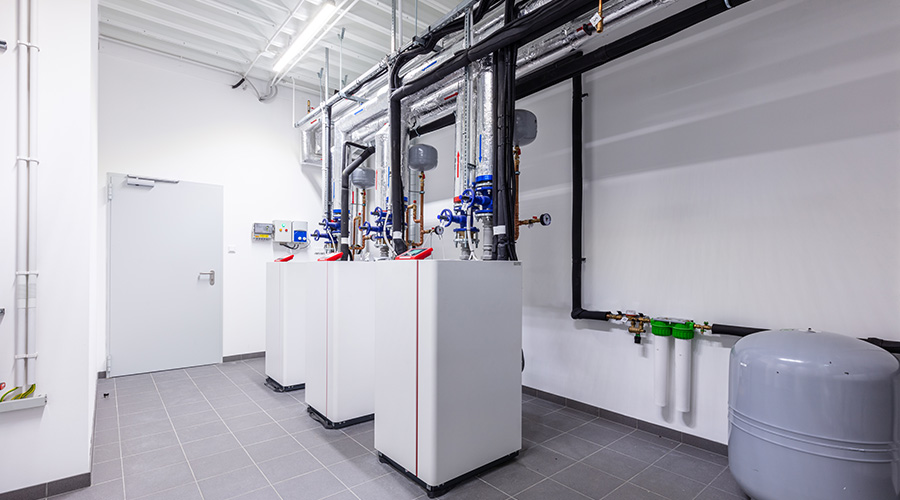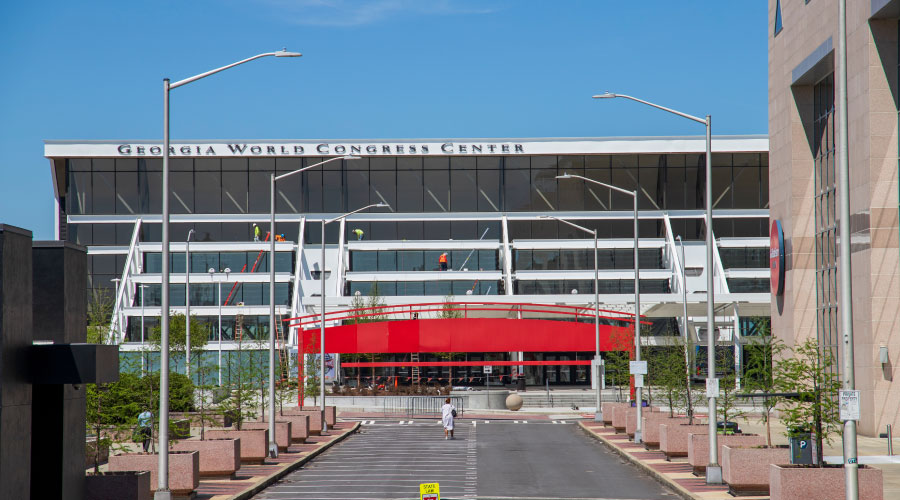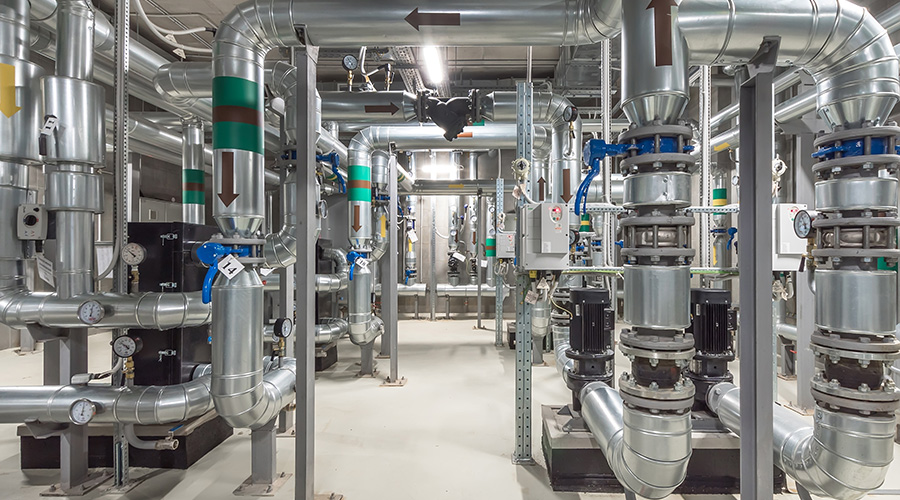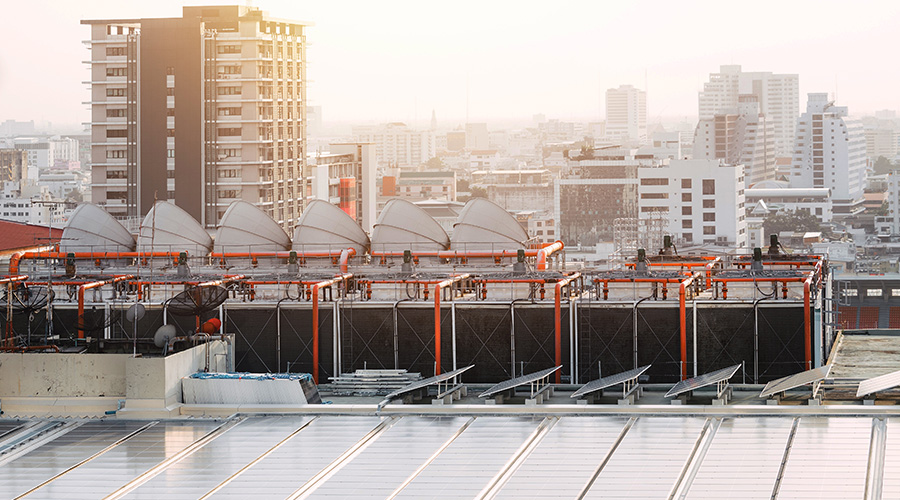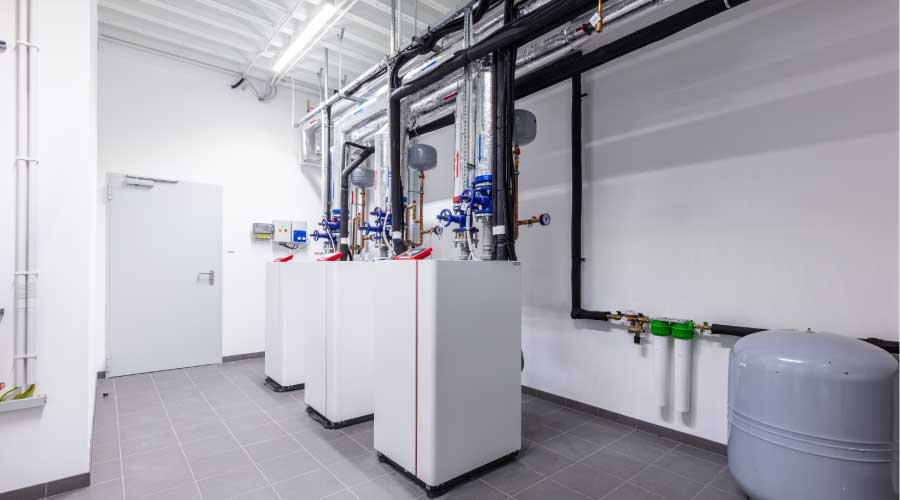Building Electrification Hastens Clean-Energy Transition
To meet decarbonization and net-zero goals, facilities can convert HVAC systems for money and energy-savings initiatives.
A little more than a year ago, one of the most definitive reports ever published about climate change turned up the heat.
The warning from the United Nations Intergovernmental Panel on Climate Change (IPCC) was dire, even apocalyptic:
"Without an immediate transition away from fossil fuels, the world probably would miss its climate target — global warming of no more than 2.7 degrees Fahrenheit above pre-industrial levels — by the early 2030s. Climate disasters would become extreme. By the end of the century, heat waves, famines and infectious diseases would claim the lives of millions.”
“The choices we make now and in the next few years will reverberate around the world for hundreds, even thousands, of years,” said Hoesung Lee, a South Korean economist who was then chair of the IPCC.
The IPCC called for the world to phase out coal, oil and gas, which are responsible for more than 75 percent of global greenhouse gas emissions. Because of a longtime reliance on fossil fuels, institutional and commercial facilities are one of the largest sources of carbon dioxide emissions, trapping heat and contributing to respiratory disease from air pollution.
Against this grim backdrop, building electrification has moved into the foreground, with some United States cities and states already issuing mandates to speed the transition, putting facility managers on the spot to adapt their facilities. Electrification represents a shift from burning fossil fuels toward the goal of using solar, wind and other sources of zero-carbon electricity.
New technologies
Ralph DiNola, CEO of the New Buildings Institute, has a bird’s-eye view of how this transformation is going. The institute, based in Portland, Oregon, is a nonprofit organization working to advance scalable and practical approaches that eliminate emissions from the built environment.
Change “needs to move faster,” DiNola says. “We need to pick up the pace. There is a responsibility. Buildings using fossil fuels will never be able to decarbonize. Decarbonization needs to be a partnership between buildings and the grid. Fossil fuel equipment can’t be made more efficient.”
The technology necessary for electrification is available and evolving rapidly, he says. An example is the transition to electric heat pumps from traditional air conditioning and water heaters. Moving heat with electricity is several times more efficient than producing it by burning fuel.
A heat pump uses refrigerant and electricity to transfer heat from outdoor air or the ground to the inside of a building, even in colder temperatures. It also can remove unwanted indoor heat and “pump” it outdoors. There is even a 120-volt heat pump water heater that can be used as a drop-in replacement for a gas model, and five companies are making it.
Manufacturers are also working on other technologies, including thermal energy storage and ways of connecting electric vehicles to buildings.
Building owners and facility managers who stay on top of trends and adapt swiftly to them will be ahead of the game.
“Building owners should see this is coming,” DiNola says. “There’s a move toward building performance standards. It’s better to be proactive and to even have a capital management plan. You can anticipate when equipment will fail and what to replace it with.
“The mindset needs to shift. It takes a plan. A future-ready building can be net zero if you plan for it over time.”
Net-zero buildings produce as much energy as they consume on a net annual basis. To work toward net zero, it becomes essential to reduce the energy consumed through envelope and system retrofits, in addition to making changes in building operations and occupant schedules.
“We work on building-grid integration,” DiNola says of his organization. “We want buildings to be more controllable. For example, when you reduce peak (energy) demands, you can save a tremendous amount on utility costs. We want grid-integrated, efficient buildings.”
Reasons for prioritizing net zero in commercial buildings include:
- They are less expensive to operate and provide competitive return on investment.
- They are more resilient and can maintain comfort and safety during climate emergencies such as brownouts, blackouts, and extreme heat and cold.
- They can be much easier to insure.
- They can be critical in positive environmental, social and governance (ESG) reporting.
- They reflect a company’s commitment to positive social and environmental impact.
Doug Carroll is a freelance writer based in Chandler, Arizona.
Related Topics:








